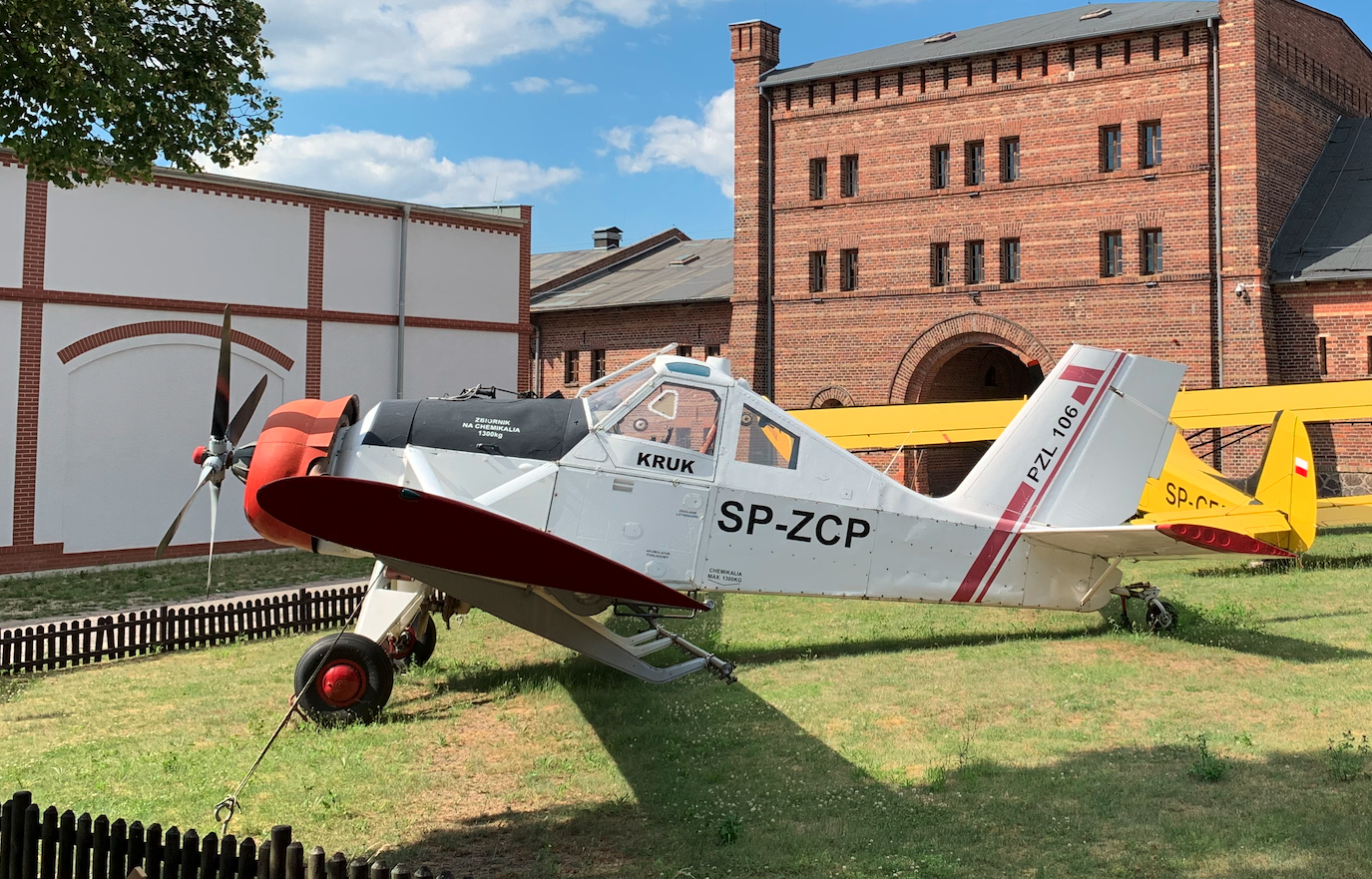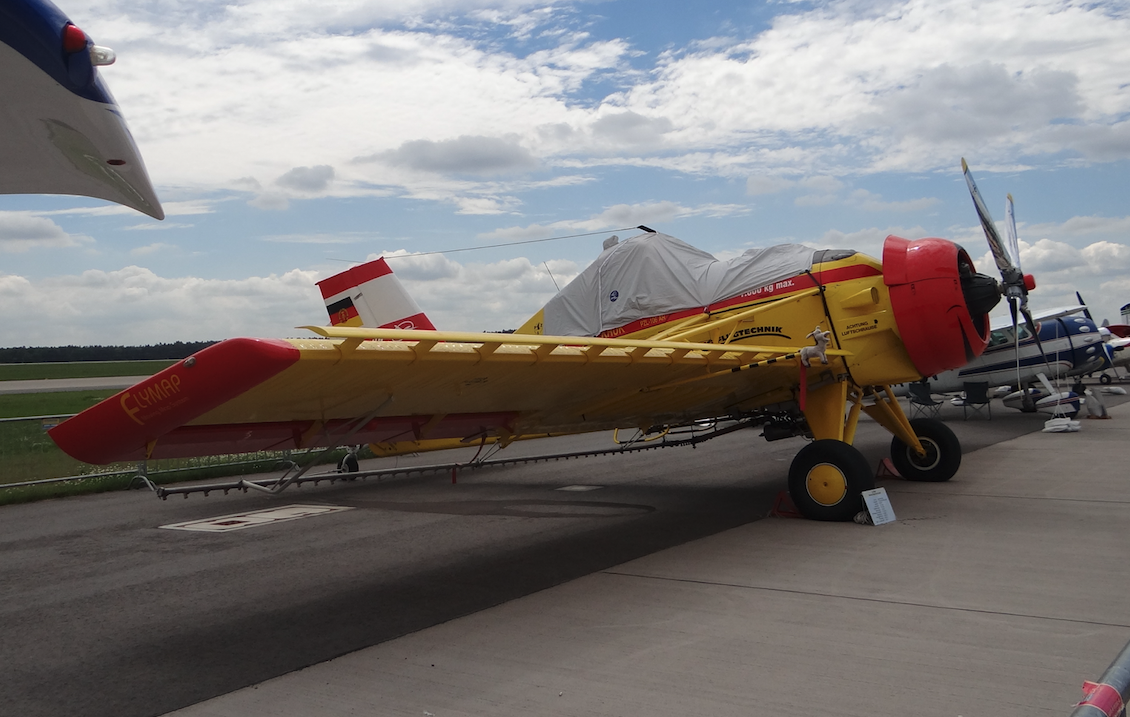Kraków 2013-09-04
PZL WSK Okęcie PZL-106 Kruk
232e Tally 17.04.1973 year.
History of construction.
The PZL-106 Kruk is a great Polish construction, developed by a group of excellent Polish constructors, under the supervision of Andrzej Frydrychewicz, M.Sc. The talent of the designers, with the limited possibilities of the poor economy of the People’s Republic of Poland, allowed to create a successful, outstanding aircraft, which is still produced (2013). It is a pity that the constructors were actively disturbed in the project by members of the Polish United Workers’ Party, setting unrealistic action plans, accidentally speaking or trying to flash on the party-international forum. And after the socio-economic changes, the internships made big mistakes.
Development works.
In the 60s of the twentieth century, there was a dynamic development of agricultural aviation. The PZL-101 A Gawron plane and the An-2 multi-purpose biplane were adapted to agricultural tasks. However, these constructions had limitations, so special planes had to be created. Engineers in Mielec and Warsaw started the development of the specialist aircraft. Both aviation centers successfully carried out the task by developing and implementing aircraft into production; PZL-106 Kruk (Warsaw) and M-18 Dromader (Mielec).
It should be noted that under Comecon (Council for Mutual Economic Assistance), Poland had the right to produce agricultural aircraft. This fictitious division resulted from decisions made by the rulers in the Kremlin rather than from actual agreements between the interested aviation companies. Nay. The Czechs, regardless of the alleged specialization, developed the Zlin Z-37 Ćmelak agricultural plane, which did not achieve great success and is now a freak at air shows.
The hero of this article is the PZL-106 Kruk developed at PZL WSK Okęcie. In terms of the amount of chemicals taken, it was supposed to be located between the PZL-101 A Gawron and the An-2 R. It was supposed to be a purely agricultural plane. It was assumed that it would be cheap to produce and operate, durable, safe to use and easy to pilot. In principle, it was also supposed to successfully compete with the designs of highly developed countries, which has become a fact in the 70s and has been confirmed to date (2013).
The matter of the plane’s fuselage was interesting. Until now, all agricultural aircraft developed in Poland had a system; engine-pilot cabin-chemical tank. During this period, the Americans developed a new arrangement; engine-chemical tank-pilot’s cabin. This arrangement was dictated by the accident analysis. A pilot placed between the engine and a large, heavy tank is more susceptible to injury or death in the event of an accident than sitting in the back with a large crush zone in front of it.
In the period from 1963 to 1972, about 8 different projects were created at PZL Okęcie, implemented as part of the PZL-101 (development of Gawron), PZL-106 and PZL-110 projects.
Written by Karol Placha Hetman


